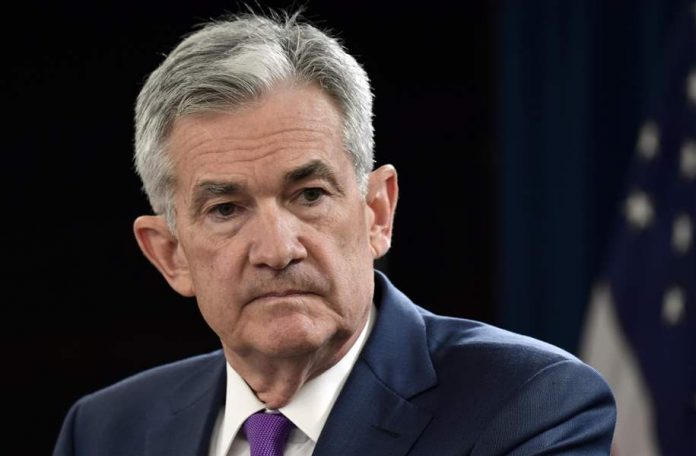Stocks jumped higher again today ahead of the Fed’s rate hike as traders continued to “buy the dip.” The Dow, S&P, and Nasdaq Composite all gained significantly with energy shares leading the way.
Analysts were quick to offer boneheaded takes on the market following its recent uptick.
“The case for the ongoing bear market is that the Fed will continue to tighten monetary policy, withdraw liquidity from the market and cause a tailspin for equities,” said CIBC Private Wealth US chief investment officer David Donabedian.
“But this week’s market recovery has shown there is continued resilience in the economy bolstered by favorable economic reports.”
“Favorable economic reports?” What was “favorable” about the Atlanta Fed’s recent GDPNow reduction that now predicts negative GDP growth for the third quarter? What was “favorable” about the JPMorgan Purchasing Managers’ Index (PMI) that fell last month to its lowest level since June 2020? What was “favorable” about the soft jobs report that showed a worse-than-expected increase in unemployment (3.7% reported vs. 3.5% expected)?
The only thing those reports favored was a Fed pivot. They were signs of economic weakness, not strength. The rally of the last few days occurred in response to an oversold market and hopes that Powell would shift dovish in his post-FOMC remarks this afternoon.
Despite the newfound optimism on Wall Street, at least one mainstream expert made a seemingly correct call this morning:
“I think you’ve got to believe the Fed,” said Richard Clarida, who served as the Fed’s former vice chair from 2018 until January this year.
“The message I get is very clear: Failure is not an option for Jay Powell. I think they’re going to 4% hell or high water if I had to put it into two boxes,” he said.
“Inflation is way too high.”
The fed funds rate is currently 2.5%. That means, if Clarida’s prediction comes true, rates will go only another 1.5% higher (as a result of two more 75 basis point hikes) before the Fed calls it quits.
In reality, rates may have to go much higher in order to stop inflation. Clarida presented his prediction as a hawkish warning, but really, it was a dovish fantasy. It’s also exactly what Ark founder Cathie Wood wants the Fed to do in the coming months.
“At Jackson Hole, Chairman Powell invoked Volcker’s name twice directly, twice indirectly. Today’s COVID-supply-shock inflation is nothing like the ‘70s inflation that started with ‘guns and butter’ in 1964, and accelerated after Nixon ended the gold-exchange standard in 1971,” she tweeted yesterday.
“The Fed has raised the Fed funds rate 10-fold from 0.25% to 2.50%, five times Volcker’s 2-fold increase from 10% to 20% in the early ‘80s when consumers and businesses had been adjusting to inflation for 10-15 years. In contrast, today they are in shock. Housing is unraveling.”
Wood concluded:
“The Fed seems to [be] responding to COVID-related supply shocks spanning 15 months the same way that Volcker battled inflation that had been brewing and building for 15 years. I would not be surprised to see a significant policy pivot in the next three to six months.”
If Clarida’s right and the Fed halts the hikes at 4.00% in October, the pivot will occur within two months, well ahead of Wood’s time frame. That certainly skews bullish.
And, if Powell suggests that’s going to happen in his post-FOMC press conference on September 21st, expect stocks to rally even more than they already have.








